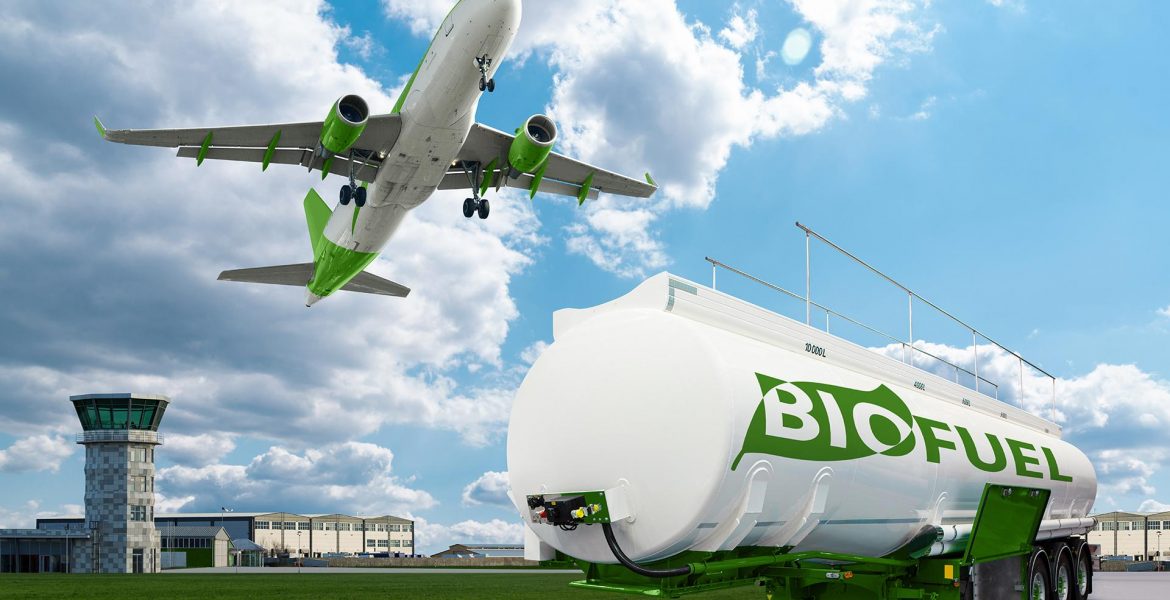Eurocontrol has released a new study that sets out what actions need to be taken in order to make every air journey as close to a ‘perfect green flight’ as possible. The paper examines why it isn’t possible to fly a perfect green flight today, which measures have the greatest potential to improve the sustainability of aviation and what needs to be done to make every flight greener.
Eamonn Brennan, the Director General of Eurocontrol, commented “The Eurocontrol Think Paper shows that, by better using existing technology, every flight operating in Europe, by 2030, could reduce CO2 emissions by up to 25.8% – through a combination of measures including increased use of Sustainable Aviation Fuel (SAF), better use of fuel-efficient airspace and technological solutions by all European ATM network stakeholders, fleet modernisation by airlines and of course the implementation of the Single European Sky. Looking further ahead, emerging aircraft technologies in the form of hybrid, fully electric and hydrogen airplanes will then allow aviation to meet its climate-neutrality goal by 2050.”
The Think Paper sets out six key findings on how to drive sustainability in the aviation sector over the coming 30 years.
1. By making better use of existing measures, and all actors working together, we estimate that per flight, up to 4,286kg of CO2 emissions (25.8%) could be eliminated per flight by 2030 compared to 2019, out of an average 16,632kg of CO2 for a total flight in the wider European (ECAC) area, and based on current technology.
2. Better use of fuel-efficient air traffic management improvements could deliver 8.6%-11.2% (up to 1,863 kg) of those reduced CO2 emissions per flight. To realise this benefits pool, accelerating the transition from SESAR R&D to deployment as well as improving the functioning and performance of the network to the greatest extent are crucial. This will require a network-centric cooperative decision-making (CDM) process with all network actors, as set out in the proposed recast Single European Sky (SES) package.
3. Emerging aircraft technologies in the form of hybrid, fully-electric and hydrogen airplanes will transform aviation over the period 2030-2050, enabling aviation to meet its climate’-neutrality goal by 2050. By 2050, these new airplanes will be increasingly prevalent on short to medium haul sectors; while SAF use will predominate in the long-haul sector, with further upscaling of SAF production seeing 83% of fuel used being SAF, irrespective of any further technological developments.
4. Sustainable aviation fuel (SAF) is the most promising measure towards aviation decarbonisation right now. 10% use of SAF by 2030 would deliver 1,331 kg or 8% in CO2 saving – but today, use stands at just 0.1%. To hit this target, investment in SAF must be ramped up now, and a firm policy support target set incentivising its use and addressing the current trade-off between economic benefits and environmental impacts. This would accelerate SAF uptake, leading to higher demand and a faster decarbonisation of aviation – permitting more ambitious target setting in the future. 20% SAF use by 2030 would represent a colossal challenge to meet – but would potentially deliver up to 16% in CO2 saving per flight.
5. Airlines can play a significant role in reducing CO2 emissions, but greater incentives may be needed to balance economic considerations:
· modernising their current fleets to remove less efficient aircraft older than 15 years – which would save 7% or 1,164 kg in emissions; here, the pandemic has prompted an acceleration in fleet renewal, with many older aircraft types unlikely to return;
· reducing ‘economic fuel tankering’, whereby aircraft carry more fuel than they need to reduce or avoid refuelling at their destination airport; this could save a further 89 kg or 0.54% of emissions;
· working with airports to use Ground Power Units rather than aircraft Auxiliary Power Units on the ground, saving 0.3% or 50 kg.
· optimising the fuel efficiency of their existing fleets, building on a massive 25% improvement over the last 15 years that has seen aviation prove more fuel efficient than cars at 3 to 4 litres per passenger 100km.
6. More attention needs to be paid to noise and non-CO2 impacts, such as contrail avoidance.




